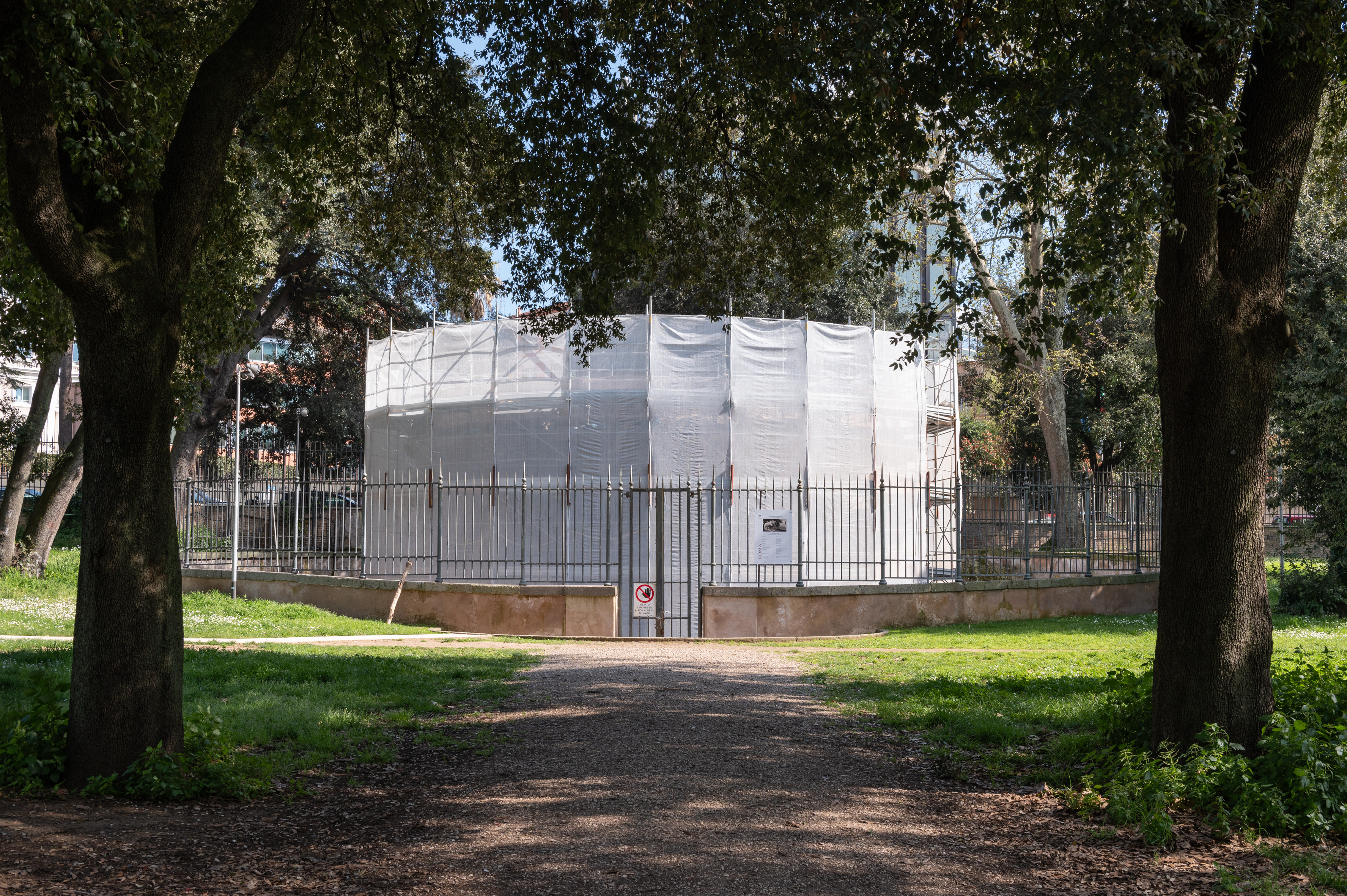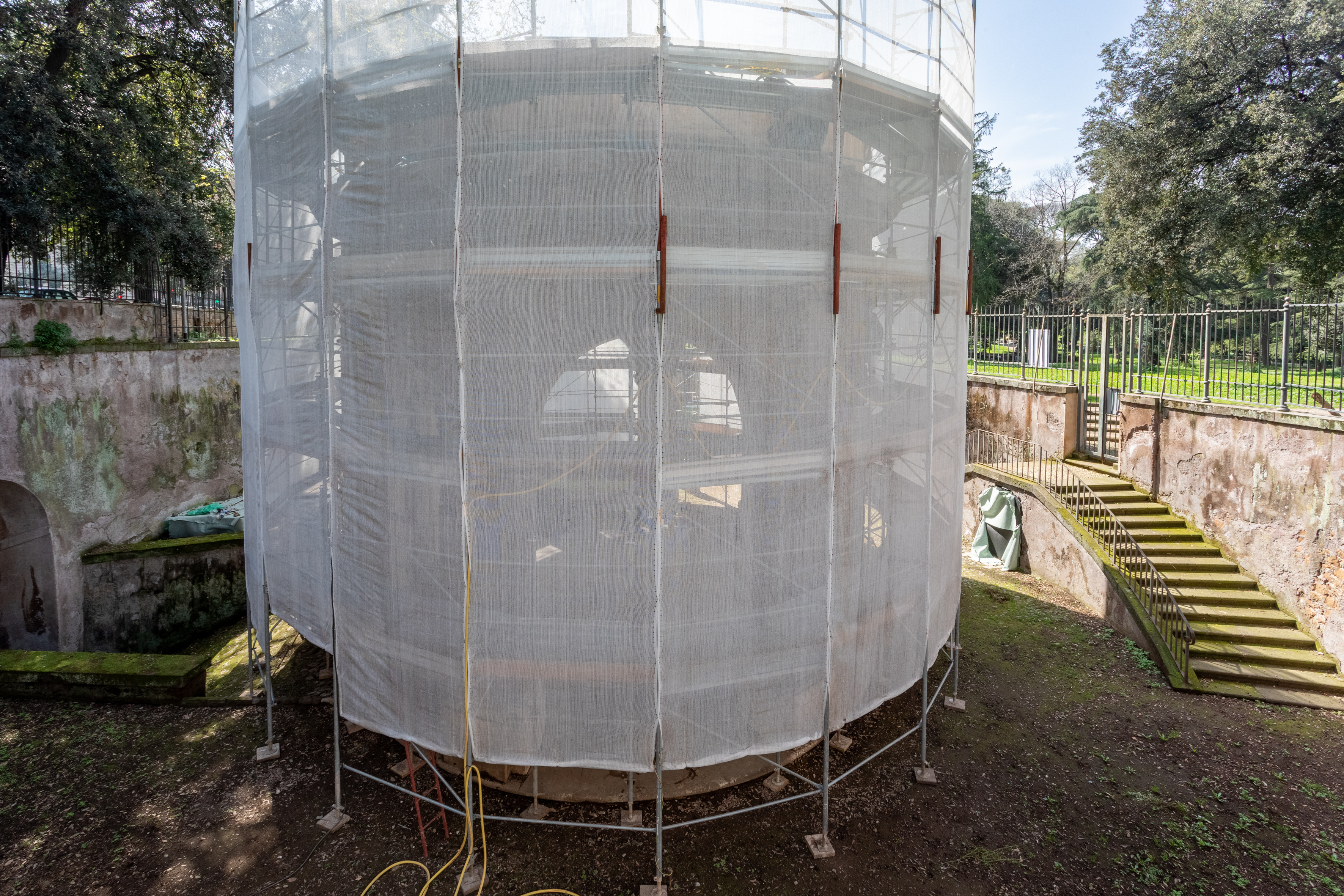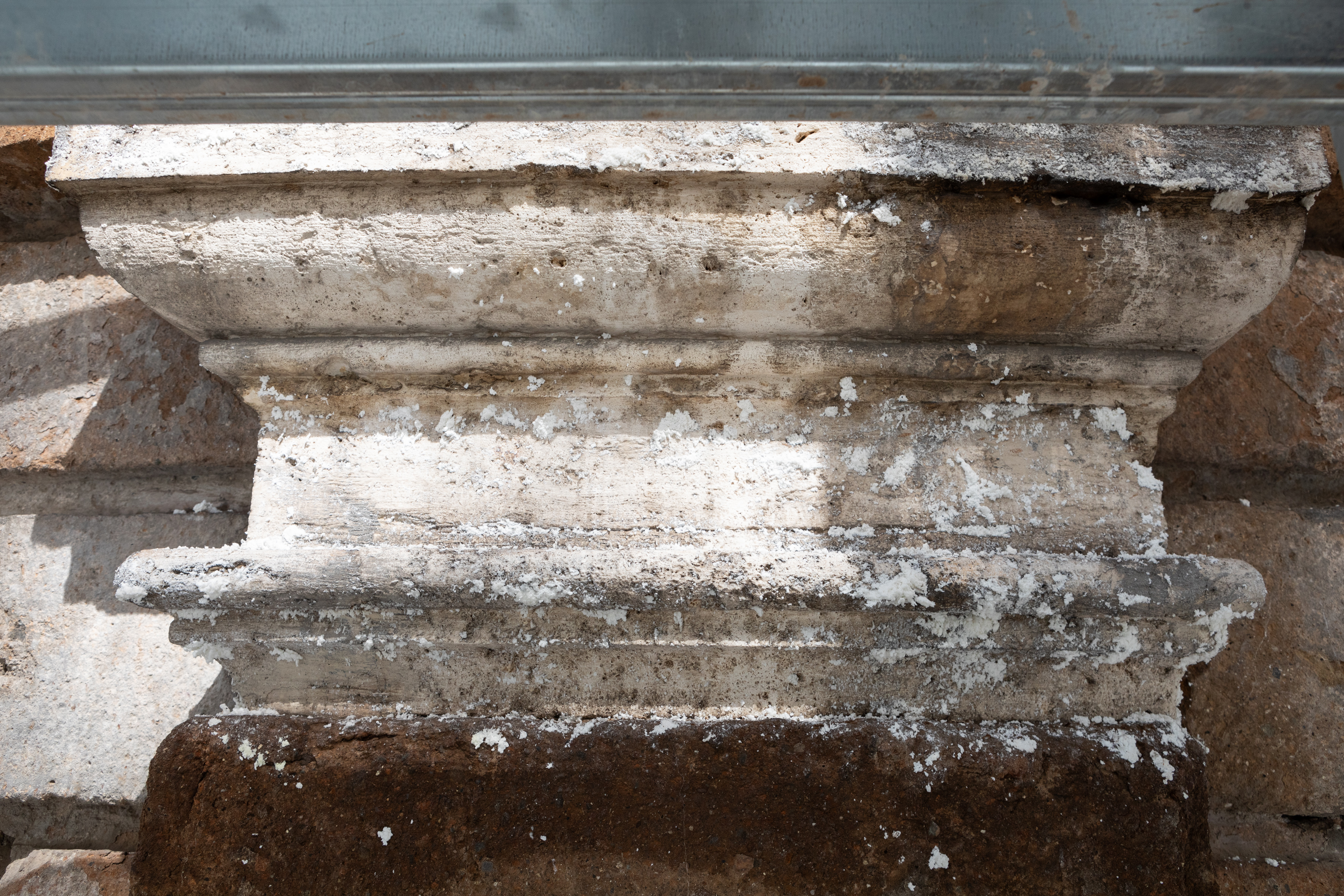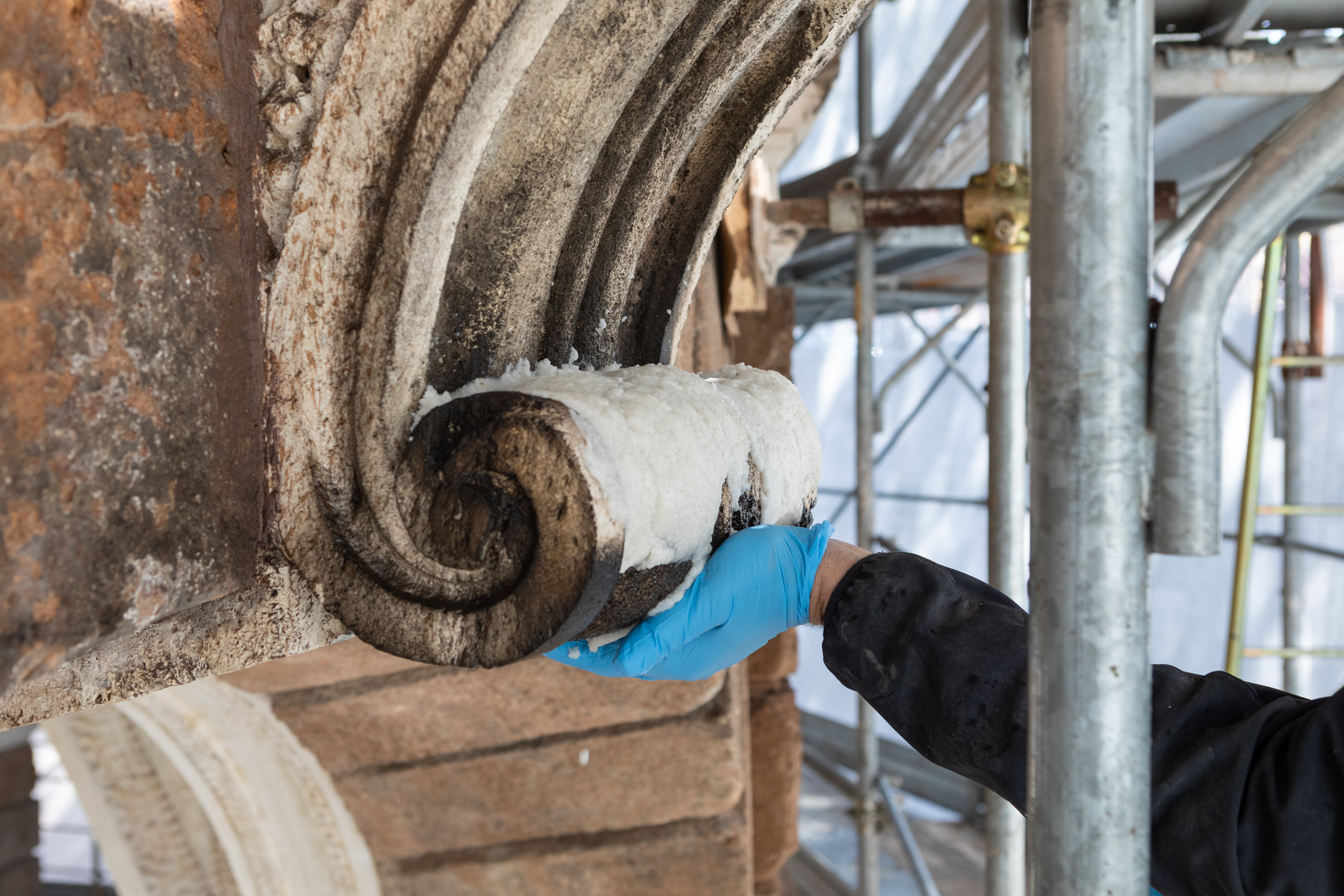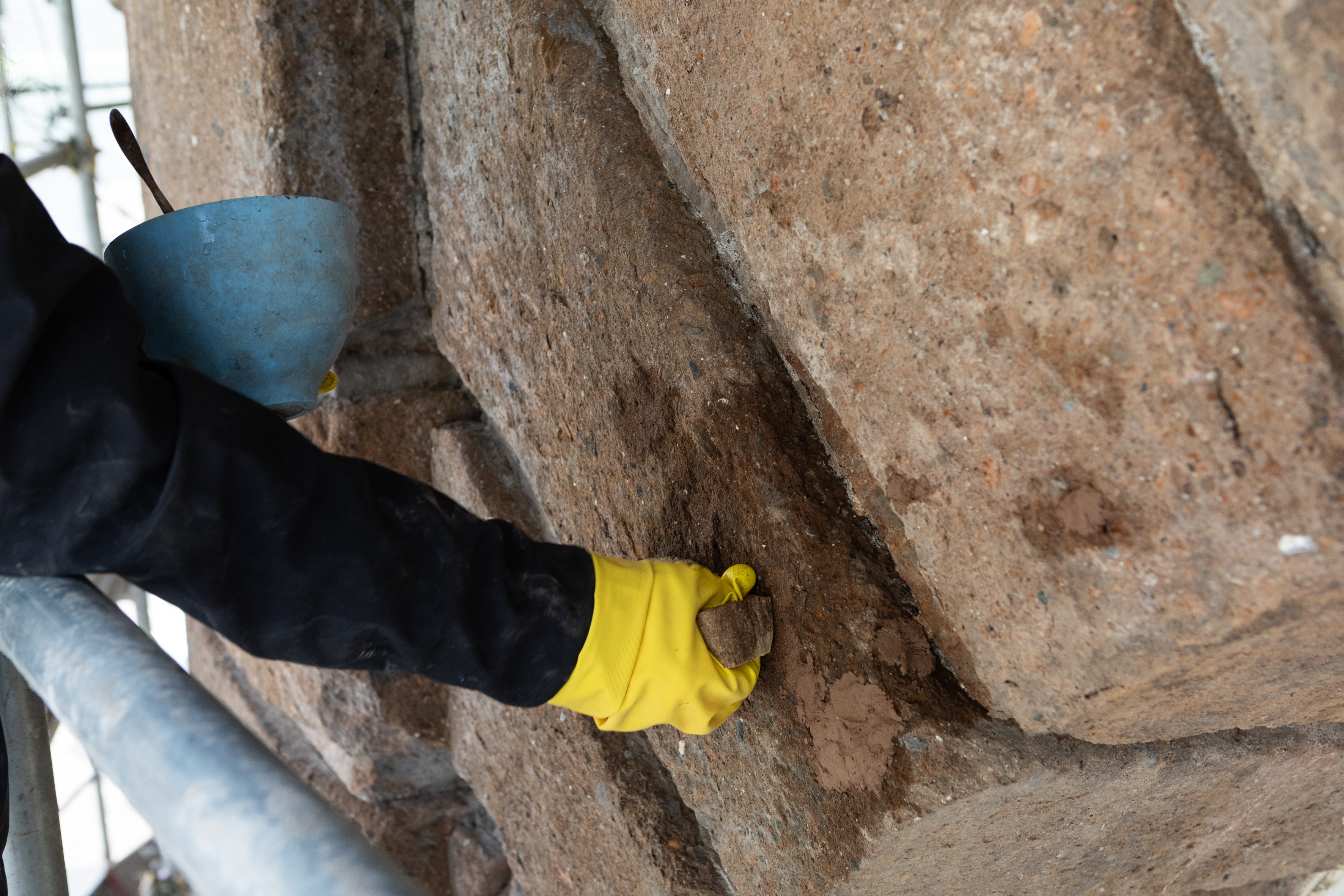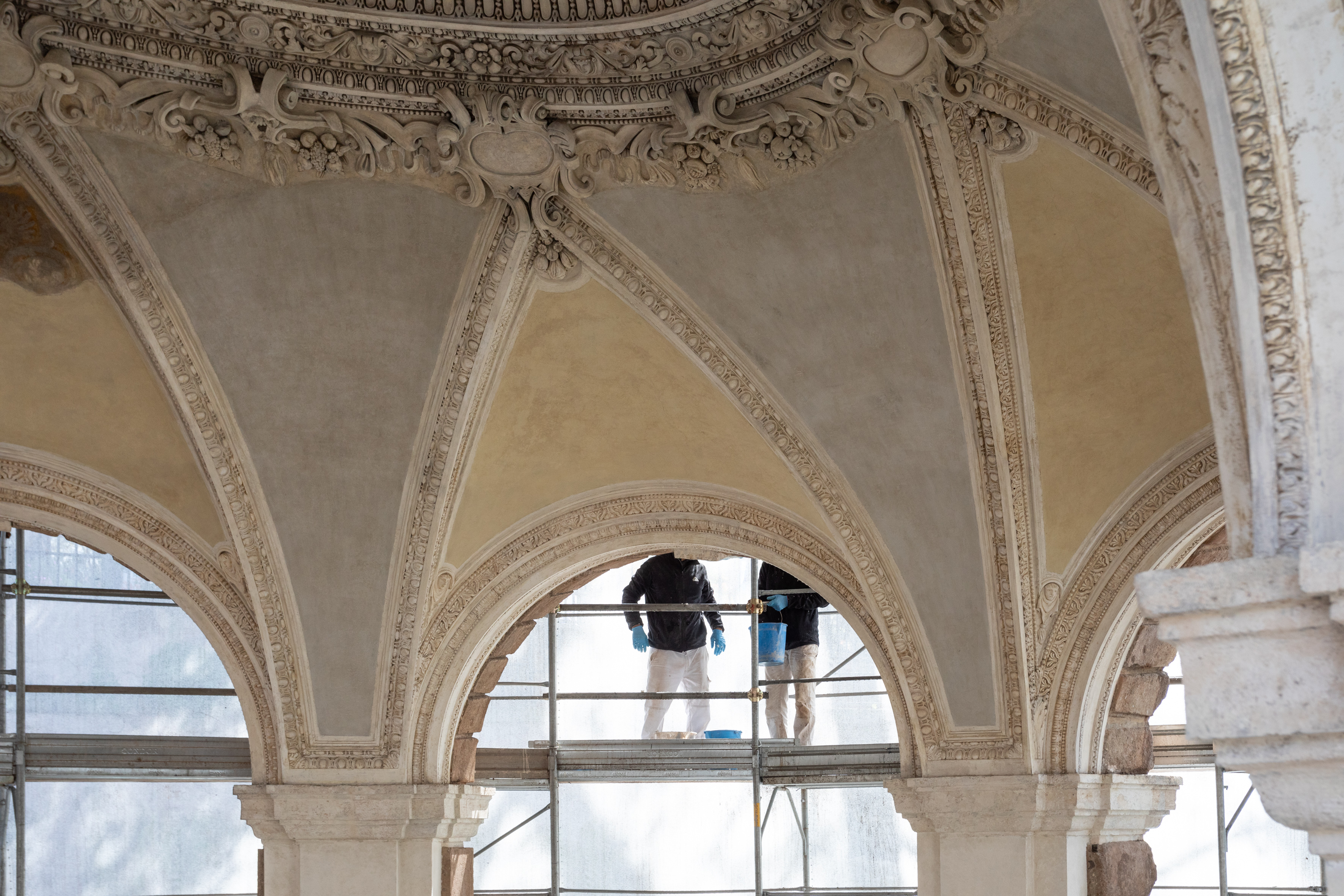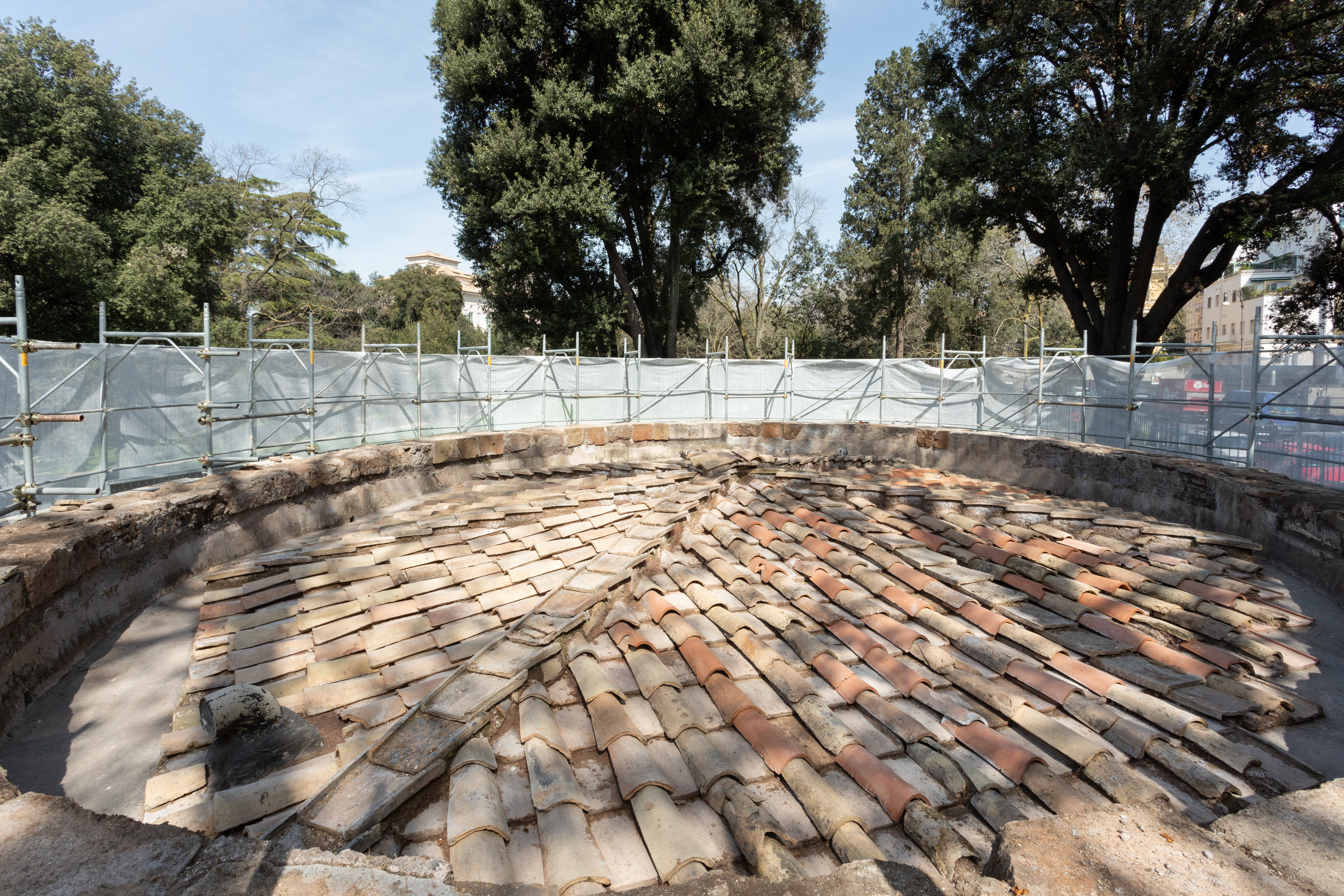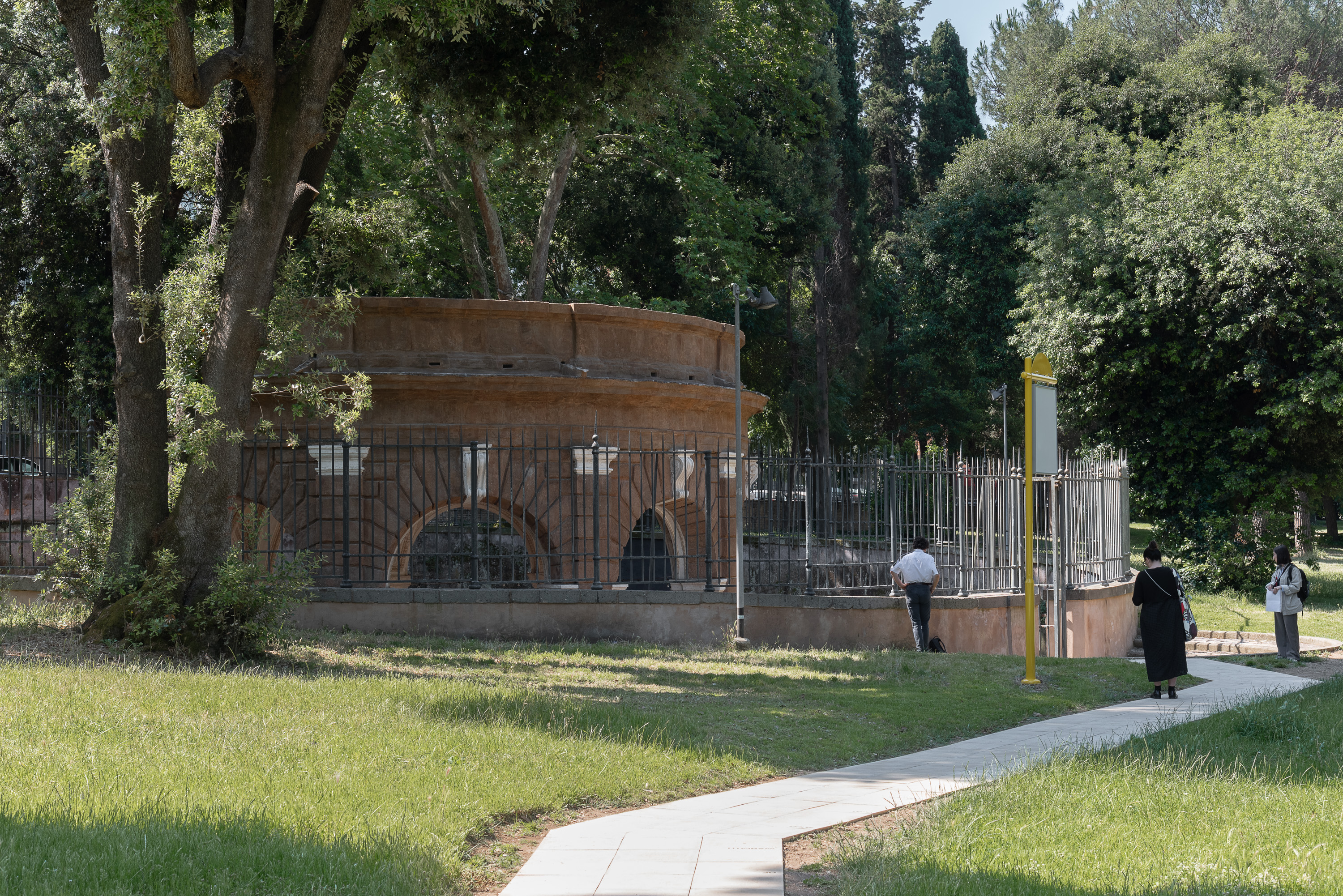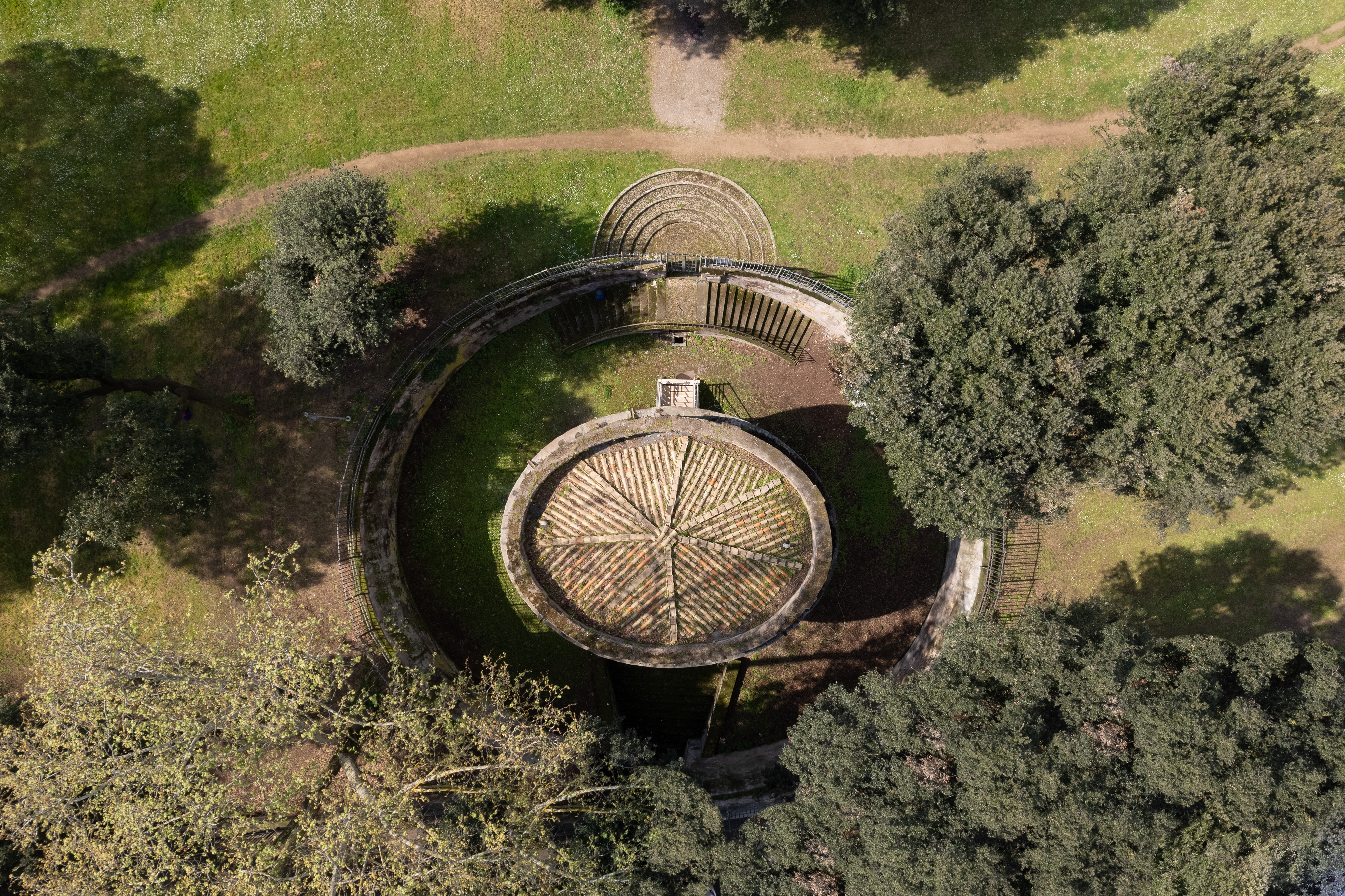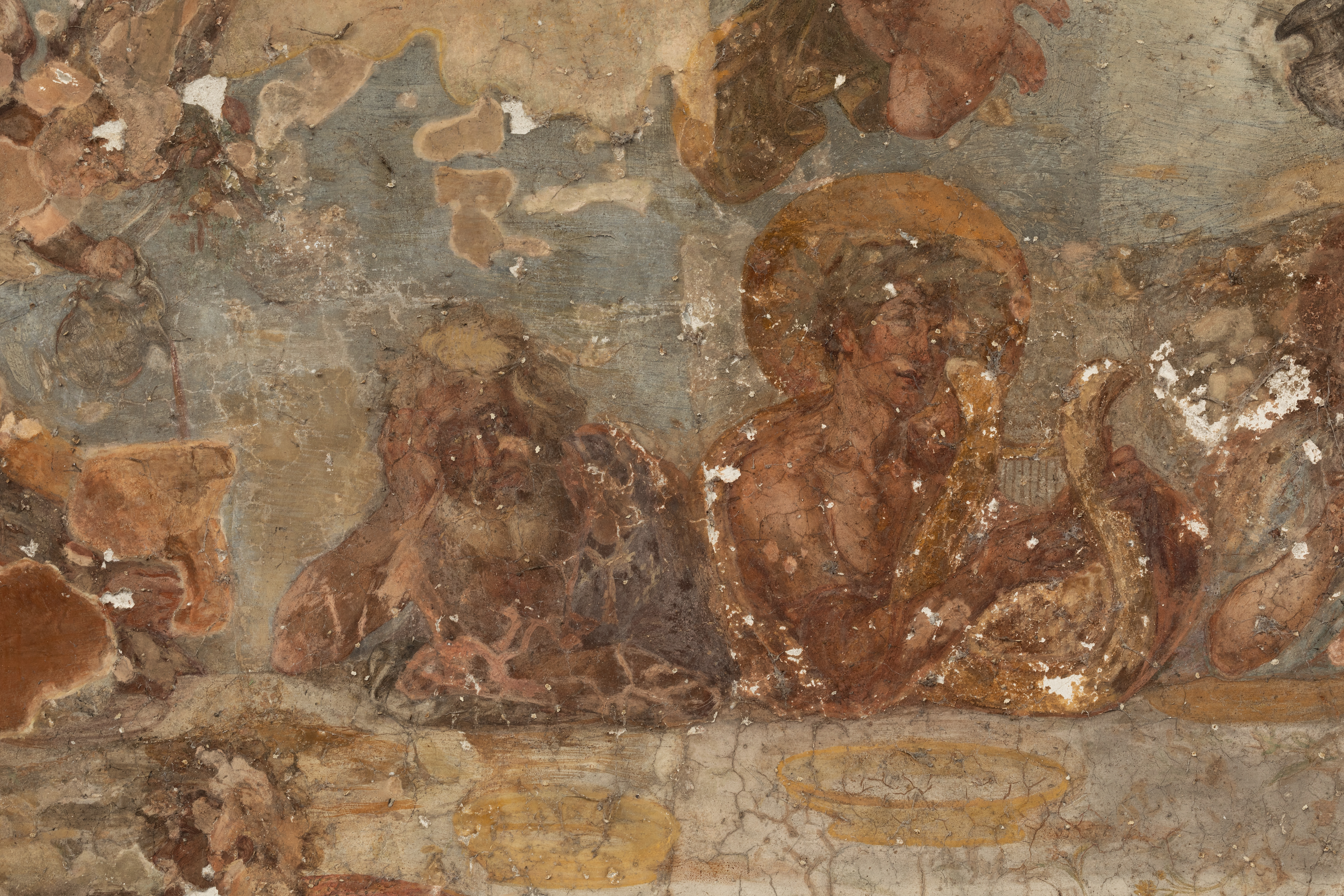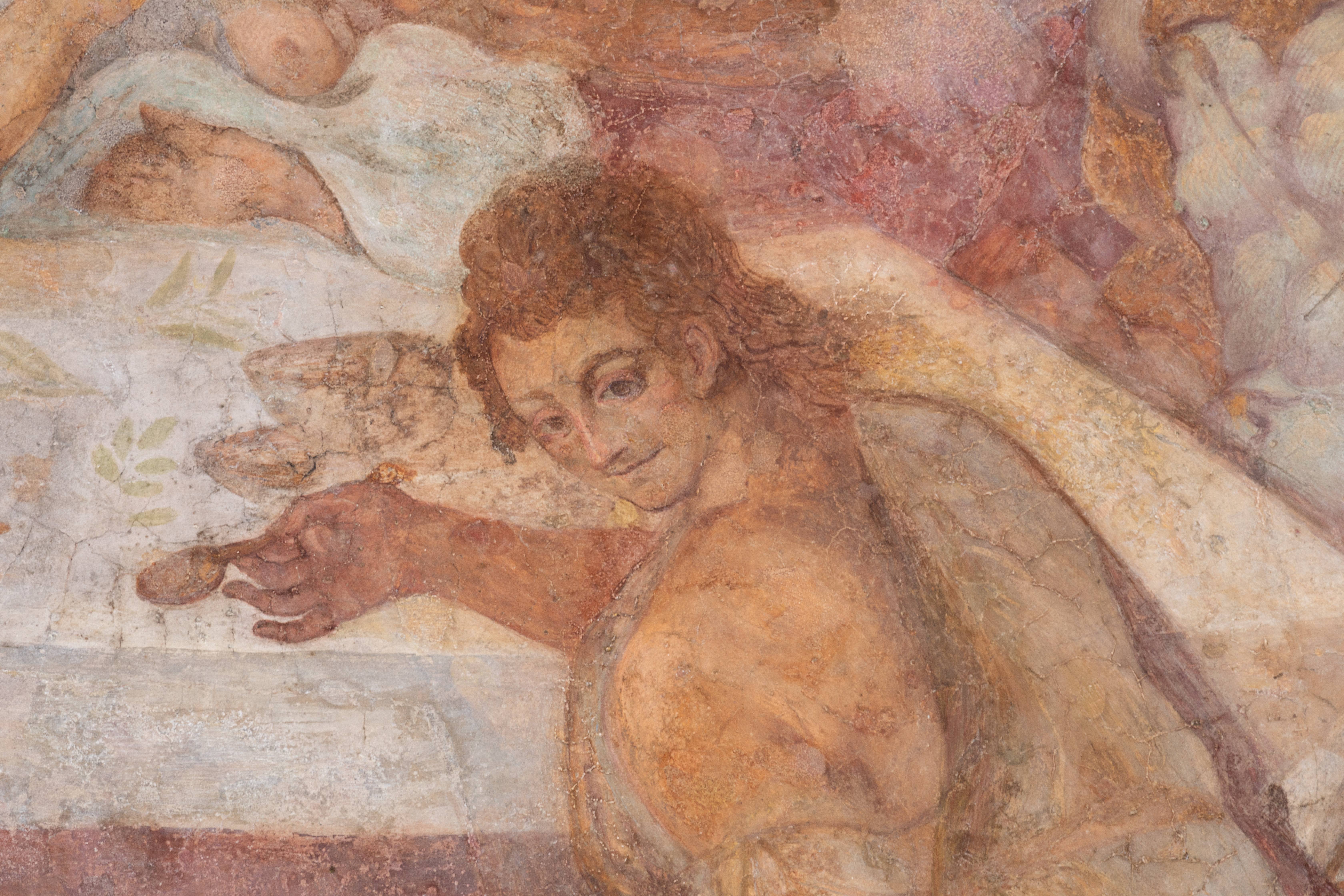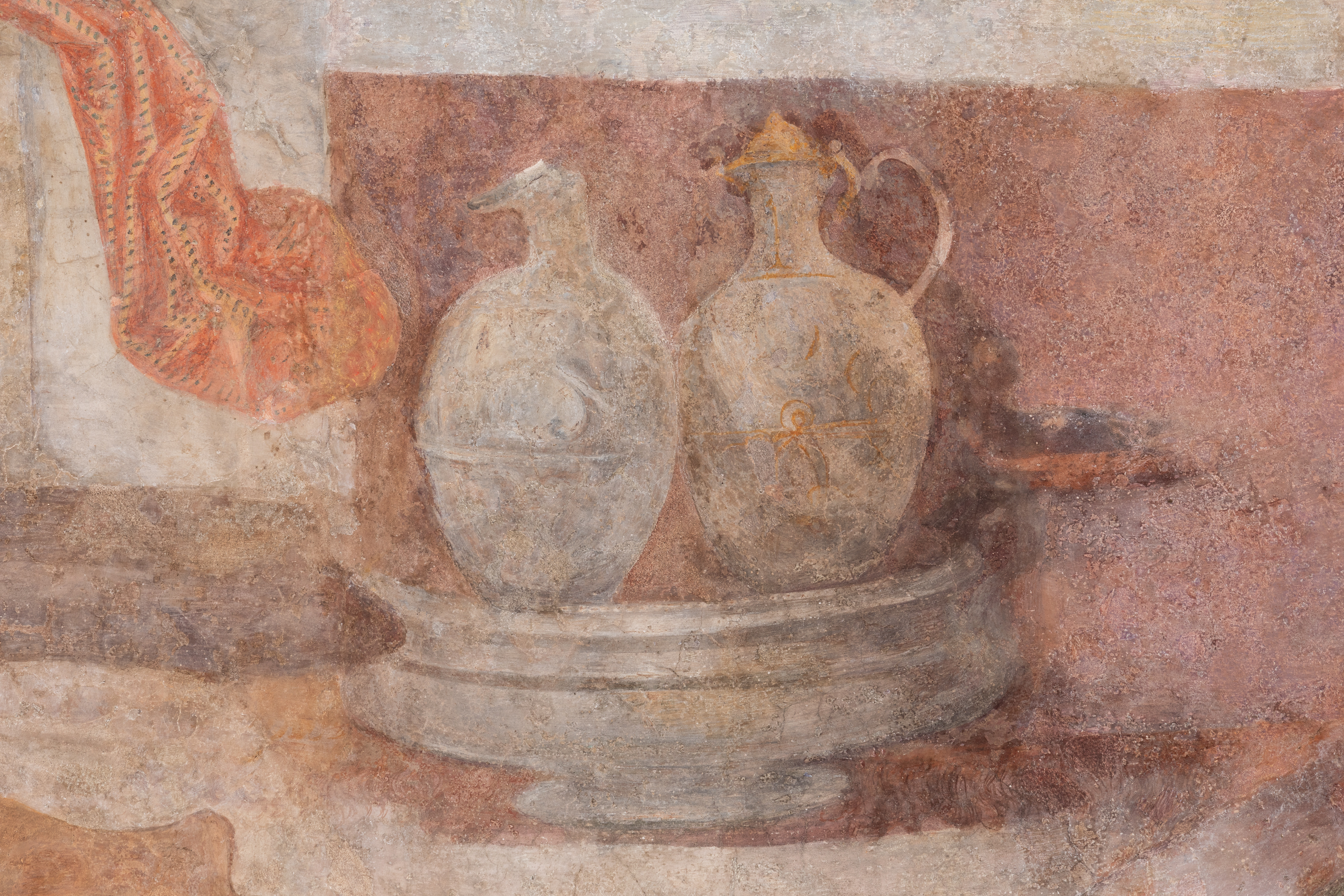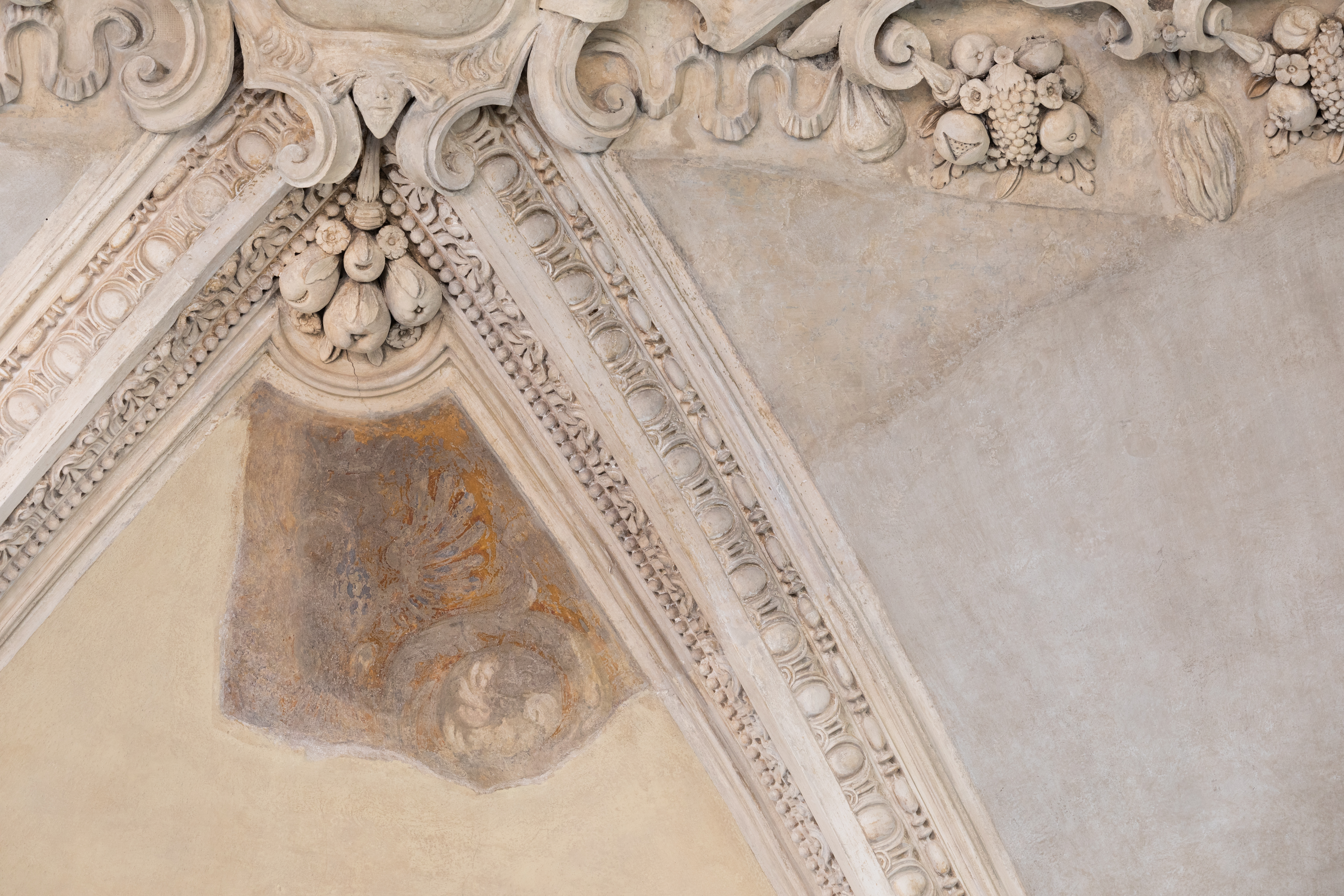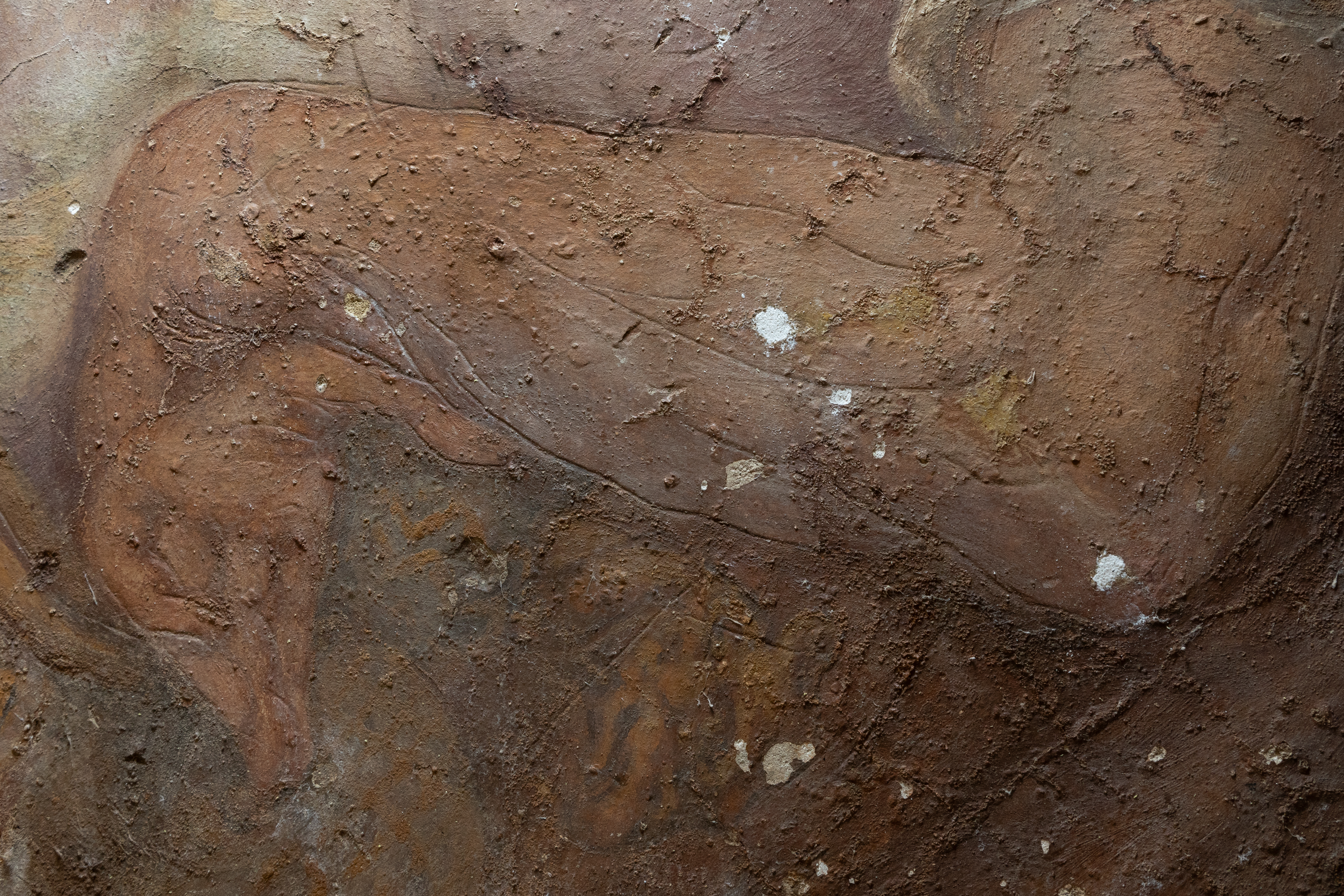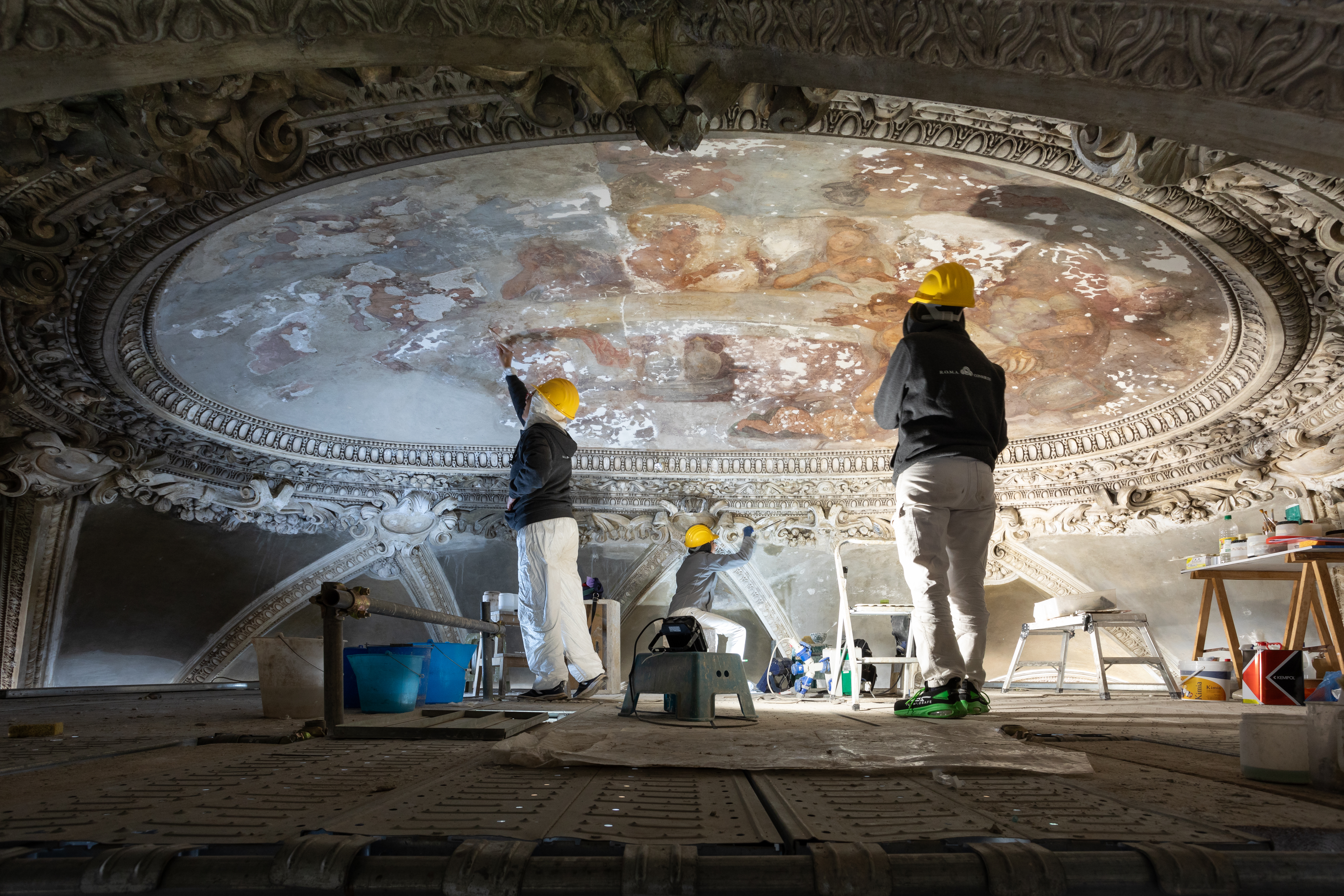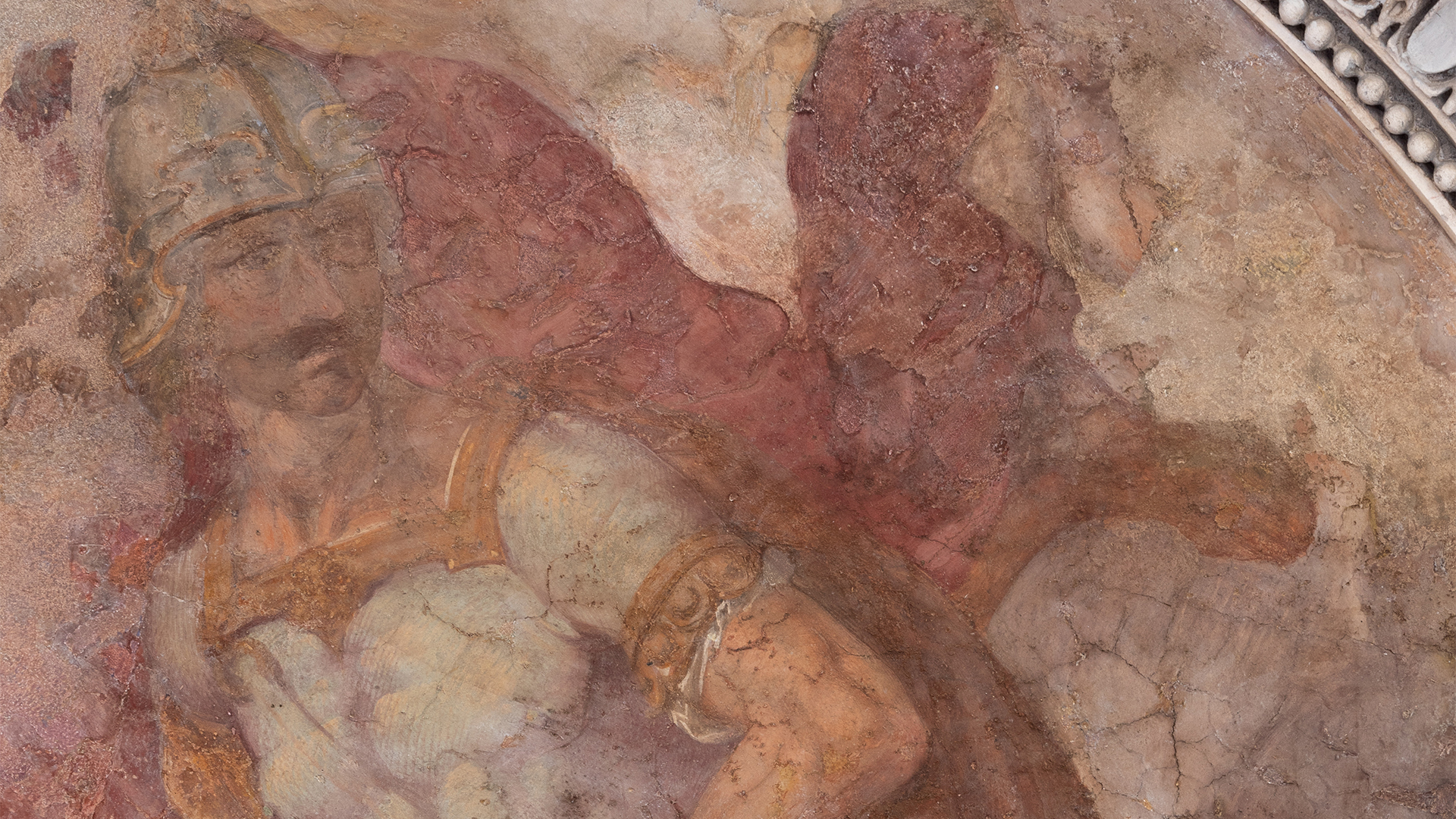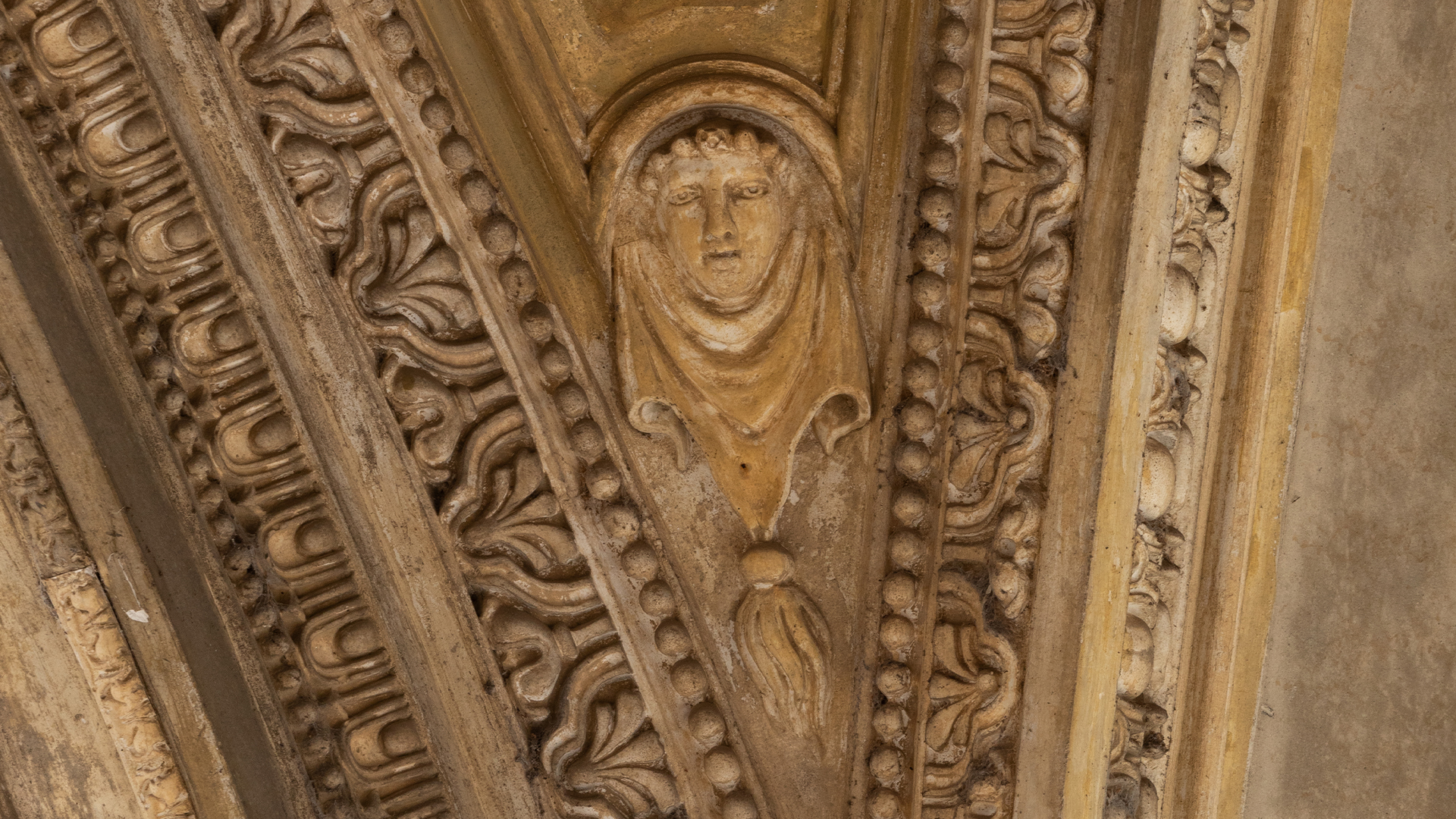Loggia dei Vini | Restoration
After years of silence, the Loggia dei Vini—one of the most enchanting yet forgotten pavilions of Villa Borghese Park in Rome—returns to tell its story, thanks to a restoration donated by Ghella. Launched in 2024 and spanning three years, the restoration is overseen by the Sovrintendenza Capitolina ai Beni Culturali and carried out by R.O.M.A. Consorzio.
This restoration is a gesture of giving back to the city, part of a broader cultural program aimed at revitalizing Rome’s symbolic landmarks.
“We believe in the value of culture and are dedicated to promoting it globally. It’s a great honor to contribute to the restoration within Villa Borghese, one of the world’s most beautiful parks. I believe our role in society extends beyond the construction of infrastructure; we aspire to champion a new, more sustainable development model that fosters collective well-being. LAVINIA embodies our commitment to providing artists the freedom to engage with the Loggia dei Vini,” stated Enrico Ghella, President and CEO.
Built between 1609 and 1618 to a design by Flaminio Ponzio and later completed by Giovanni Vasanzio, the Loggia dei Vini—or Nymphaeum of Villa Borghese—was conceived as a place of wonder and delight. Cardinal Scipione Borghese envisioned it as a summer backdrop for banquets, gatherings, and festivities with foreign delegations. The Loggia was part of an elegant architectural ensemble that included an underground grotto—described in ancient sources as a “most copious store of nectar and ambrosia”—connected by a subterranean passage to the Casino Nobile.
At the heart of the Loggia, framed by eight arches in Tuscolo tuff stone, stood a marble table with hollows for chilling glasses and a hidden mechanism that, at the end of the feast, would shower guests with fragrant petals—a theatrical device celebrating hospitality, beauty, and wine.
The restoration is divided into three phases:
Phase 1: semicircular vault, including the fresco The Banquet of the Gods by Archita Ricci; stucco frames, ribs, and vault sails; exterior wall plastering; pressure-washing of the access stairs.
Phase 2: Loggia’s exterior, including tuff and travertine elements.
Phase 3: terracotta floor of the hemicycle and the inner perimeter wall.
SECOND PHASE
In 2025, the second phase involved the restoration of both interior and exterior plasterwork.
FIRST PHASE
Completed in 2024, the first phase focused on the interior vault, including the stucco decorations and the 17th-century fresco The Banquet of the Gods by Archita Ricci, which was brought back to its original clarity after centuries of obscurity. In keeping with traditional iconography, the fresco depicts the Olympian deities seated around a lavishly set marble table. At the head of the table, on the left side of the scene, are Jupiter and Juno, accompanied by the cupbearer Ganymede offering wine. The gathering continues with Pluto, Apollo, Diana, Mercury, Mars, and Venus with Cupid. Completing the composition are three cherubs flying above, pouring wine and scattering flowers over the table.
The first phase also included the restoration of damaged pillars affected by water infiltration and the cleaning and reinforcement of the access stairways.
Photos credits Daniele Molajoli, Paolo Fusco


